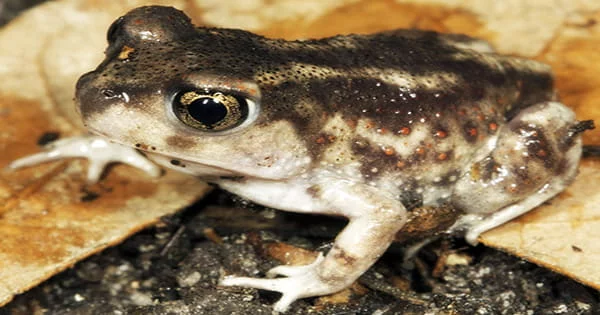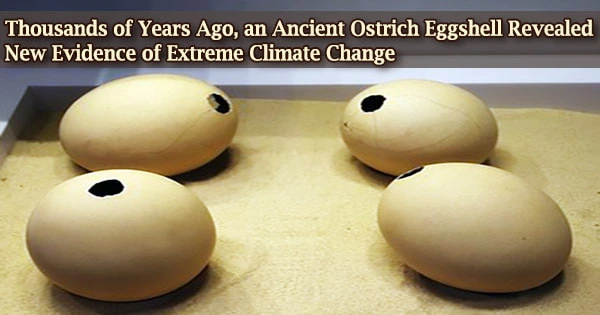The state’s rarest frog may not be as uncommon as scientists had assumed, according to a study conducted by University of Rhode Island researchers who utilized a seldom-used technology to find many more of the endangered amphibians than predicted.
Eastern spadefoot, often known as spadefoot toads despite the fact that they are actually frogs, have long been thought to be solitary and difficult to locate outside of their one or two-day yearly mating sessions on rainy nights. They don’t breed at all some years.
However, after just 50 sightings of the frogs were reported over the preceding 70 years, the Rhode Island researchers found 42 spadefoot’s in ten nights of hunting last summer using the new methods.
“We collected all the myths and misconceptions about spadefoot’s that have been published or told to us by herpetologists, and we decided to conduct surveys to show that the frogs aren’t secretive, that they don’t only come out when weather is suitable, and they can be detected easily using a noninvasive censusing method,” said Anne Devan-Song, a former URI graduate student who is now a doctoral student at Oregon State University.

Devan-Song led a team that performed amphibian surveys at Colonial National Historical Park in Virginia from 2015 to 2017 using a spotlight at night to detect the species’ eye shine in woods while working as a URI research associate in partnership with Associate Professor Nancy Karraker.
It completely contradicted everything we’d read about them in the scientific literature, with the exception of recent studies in Massachusetts and Connecticut.
Anne Devan-Song
Even on dry nights, Devan-Song and her colleagues discovered hundreds of Eastern spadefoot, totaling more than 3,000 individuals. A previous researcher did amphibian surveys at the park 15 years ago and only found two Eastern spadefoot.
“It completely contradicted everything we’d read about them in the scientific literature, with the exception of recent studies in Massachusetts and Connecticut,” said Devan-Song, whose research was published this month in the Journal of Herpetology.
“The perception is that they’re difficult to detect in large numbers outside of rainy weather conditions, but I was stumbling all over them everywhere I went at this particular site, even in drought years when I was nowhere near a known breeding pond.”
Devan-Song demonstrated her capacity to discriminate between the eye shine of spadefoot and the eye shine of other active at night species, a worry highlighted by earlier scientists who rejected the spotlighting approach, by collecting every frog whose eyeshine she observed.
Devan-Song collaborated with Rhode Island Department of Environmental Management herpetologist Scott Buchanan to use her spotlighting technique at scattered sites around Rhode Island, where the frogs were believed to be located at only one site and were rarely seen there, because the Virginia site may have been home to an unusually high number of the frogs.
“Spadefoots are at the northern end of their range in Rhode Island and are incredibly rare there,” Devan-Song said. “You can’t just drive around at night and hear them, and there’s little chance of finding them by chance. And yet with just a little bit of spotlighting effort, you can find them.”
The frogs were found in Rhode Island on nine out of ten survey nights, the same rate as in Virginia, and a new breeding population was located at a location near Westerly. The majority of spadefoot seen in both states were sub-adults, an age group that is rarely found using typical survey methods.
“The lack of appropriate methods has hindered the study of this species, which is considered endangered in many states, including Rhode Island,” said Devan-Song. “Without appropriate field methods, you can’t gather information about certain demographic classes and you can’t make accurate population assessments.”
“By looking for them only on rainy nights or only near ponds, it has hindered the study of this species for decades,” she added. “There is a huge amount of information that can be collected, especially on these overlooked demographic categories.”
The study team is currently working on at least two more scientific articles that will provide further light on the life cycle of Eastern spade feet, both of which will be based on data obtained in Rhode Island and Virginia. One outlines the species’ social organization, which was previously unknown outside of the mating season.
“The general idea had been that these frogs are solitary and don’t interact much except when they go to their ponds to breed,” she said. “But the reality is that they’re doing lots of interesting things in the uplands. Their social structure is much more complex than we imagined.”
















